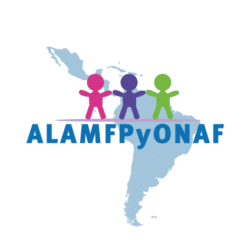HTML, or Hypertext Markup Language, is a markup language for the web that defines the structure of web pages. The second and older syntax, known as the indented syntax (or
sometimes just “Sass”), provides a more concise way of writing CSS. It
uses indentation rather than brackets to indicate nesting of
selectors, and newlines rather than semicolons to separate properties.
CSS declaration always ends with a semicolon, and declaration blocks are surrounded by curly braces. In this article, we will take a simple HTML document and apply CSS to it, learning some practical things about the language along the way. Here we will show one HTML page displayed with 4 different stylesheets.
More CSS selectors
CSS properties have different allowable values, depending on which property is being specified. In our example, we have the color property, which can take various color values. A document is usually a text file structured using a markup language — HTML is the most common markup language, but you may also come across other markup languages such as SVG or XML. An element consists of the opening tag, a character, the content, and a closing tag. Some elements are empty – that is, they don’t have a closing tag but instead have a source or link to content that you want to embed on the web page. The first, known as SCSS
(Sassy CSS) and used throughout this reference, is an extension of the
syntax of CSS.
In 1996, Director, NSA/Chief, CSS U.S. Air Force Lt. Gen. Kenneth A. Minihan approved the creation of a CSS seal designed to represent the combined commands. Each are equally balanced around a six point star on which is centered the symbol of NSA/CSS, who provides the funding, direction, and guidance to all of America’s SIGINT activities. Combining NSA and CSS caused the Director, NSA to become dual-hatted as Chief, CSS and also created a more unified cryptologic effort. The principal advisor to Director, NSA/Chief CSS on military cryptologic issues is the Deputy Chief/CSS (DCH/CSS).
CSS Example
A single CSS file may be linked to multiple pages, allowing a developer to change the appearance of all the pages at the same time. CSS level 2 specification was developed by the W3C and published as a recommendation in May 1998. CSS and HTML work together with different areas of focus what is css to create the webpage a user sees. These differing foci result because CSS is a stylesheet language, whereas HTML is a markup language. So, HTML structures web pages with elements like headers, paragraphs and lists while CSS contains the style information for those structures.


